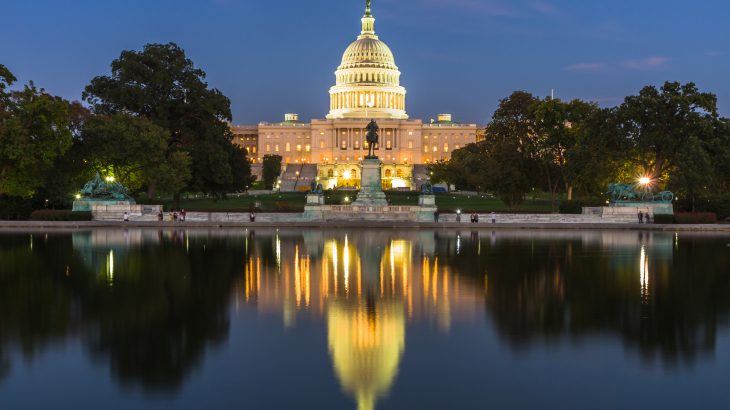Immigration officers can no longer reject visa applications without first issuing a Notice of Intent to Deny
By Tishita Agarwal
In 2018, the Trump administration set a policy that would allow immigration officers to reject visa applications for visas such as the H1-B Visas, L-1 Visas, H-2B, J-1, J-2, I, F and O-1 visas, without issuing a Notice of Intent to Deny. This Trump-era policy invalidated the principle of a June 2013 USCIS memo that required immigration officers to issue a Request For Evidence or a Notice Of Intent to Deny when the case suggests that additional or supplementary evidence could potentially establish eligibility for an immigration benefit.
The United States Citizenship and Immigration Services (USCIS) released a statement that it was returning to the principles of the June 2013 memo. This means the officers will be allowed to request potential missing documents that could qualify a case. Furthermore, this move will not only help requesters get an “opportunity to correct innocent mistakes and unintentional omissions”, but also increase access to the US legal immigration system in general.
This is not the first time that Biden has overturned immigration policies set by the Trump administration. In fact, right on the first day of his term, President Biden had announced several executive policy changes to the US immigration system, including suspending the construction of the wall at the Mexican border and reaffirming protections for DACA (Deferred Action for Childhood Arrivals).
Along with changing their guidance towards notice of intent to deny and requests for evidence, the USCIS issued a statement that they are also increasing the validity period for certain Employment Authorization Documents (EADs) from one year to two years. Increasing the validity for these documents will allow the USCIS to shift their limited resources to priority areas, as it is projected to reduce the number of employment authorisation requests they receive.
These recent decisions are all steps in the direction the Biden-Harris administration promised at the start of their term in an effort to make immigration to the US easier and fairer and eliminate unnecessary barriers on all levels; as put by the Secretary of Homeland security Alejandro N. Mayorkas: “We are taking action to eliminate policies that fail to promote access to the legal immigration system and will continue to make improvements that help individuals navigate the path to citizenship, and that modernise our immigration system”.
In furtherance to the same, Acting USCIS Director also said “These policy measures are consistent with the Biden-Harris administration’s priorities to eliminate unnecessary barriers to our nation’s legal immigration system and reduce burdens on non-citizens who may be eligible for immigration benefits”.
While this action is in the right direction, the Biden-Harris administration has far to go before the US legal immigration system is not as congested and inefficient as it is currently.
What is the L-1 Visa?
* The L-1 visa is a non-immigrant visa, which can be used by active US employers or those who wish to establish in the US to send experienced and skilled employees from overseas to the US to grow or expand the business. There are two types of this temporary work visa – the L-1A is for executives and managers, and the L-1B visa is suited for high-level employees with specialised knowledge.
What is the O-1 Visa?
The O-1 visa on the other hand, requires the applicant to show remarkable skill or high levels of achievement in their field to be able to qualify. This is also a nonimmigrant visa, and is suitable for candidates that possess and demonstrate an extraordinary ability in science, the arts, education, business, athletics, or film & television and a variety of other professions. This means that a candidate must have sustained national or international acclaim in their field, or a distinction or record of extraordinary achievement in film and television. An O-1 beneficiary must possess either a major, internationally recognized award, such as the Nobel Prize; or at least 3 of the alternative criteria.
This article is published for clients, friends and other interested visitors for information purposes only. The contents of the article do not constitute legal advice and do not necessarily reflect the opinions of Davies & Associates or any of its attorneys, staff or clients. External links are not an endorsement of the content.


























